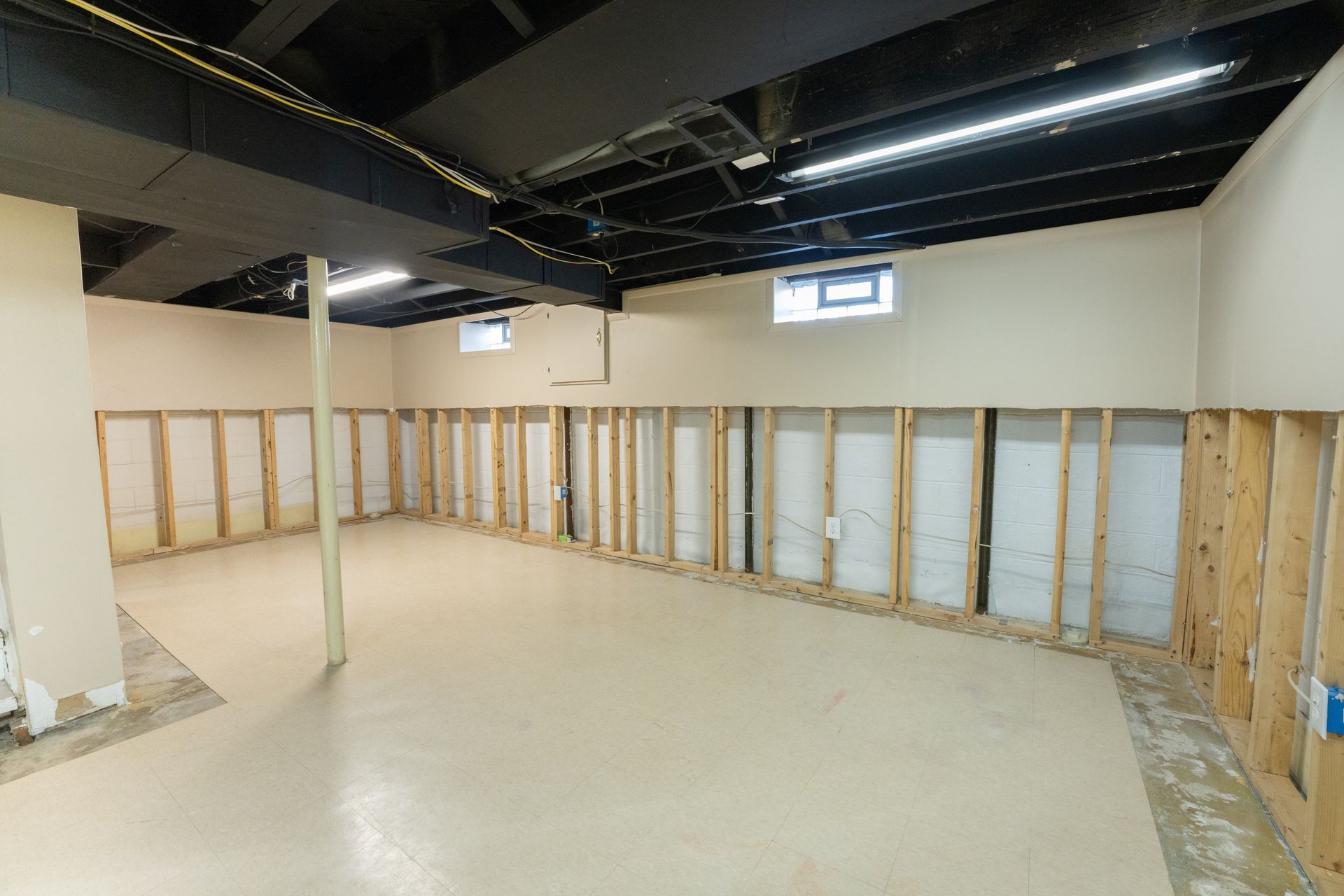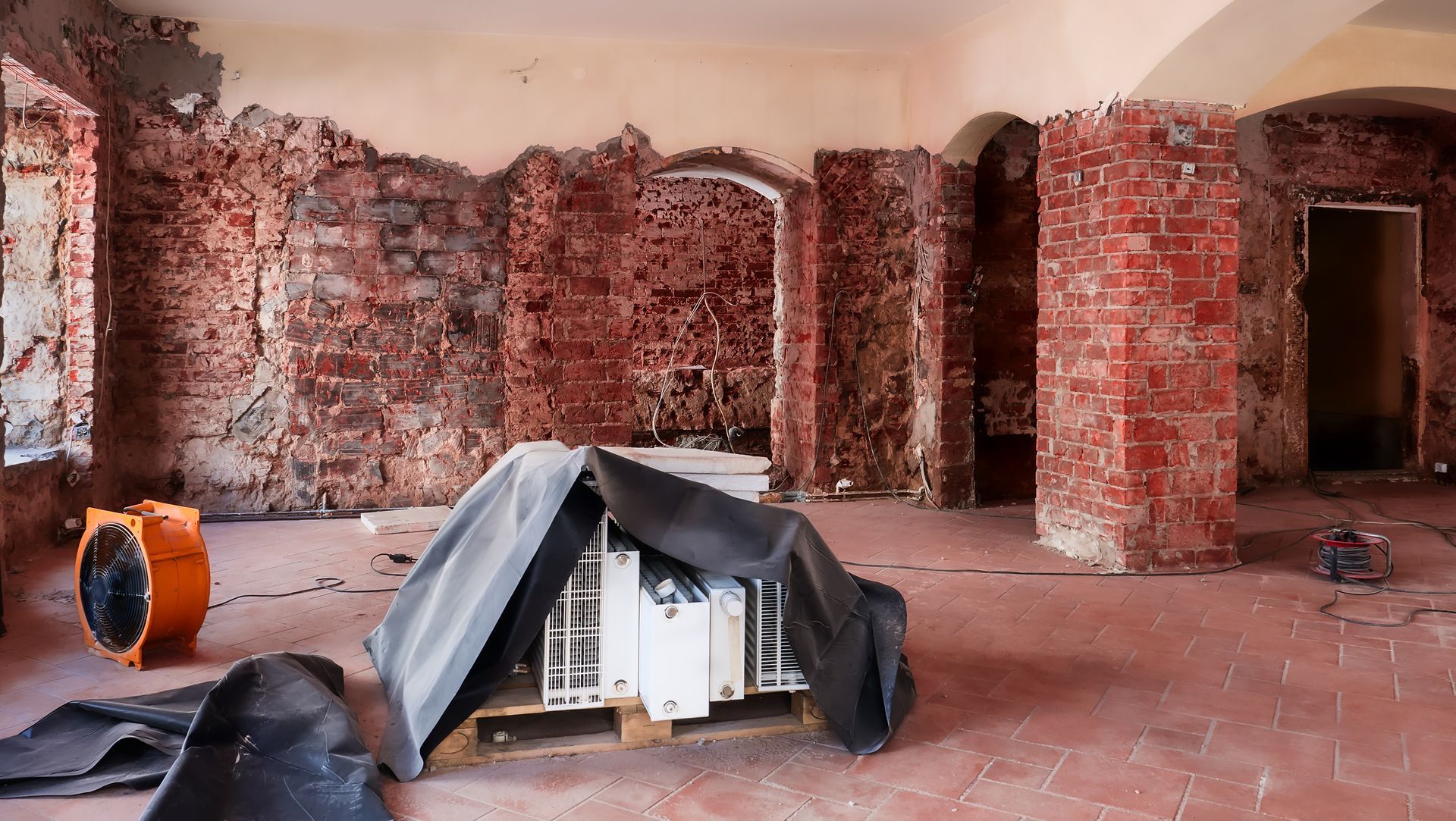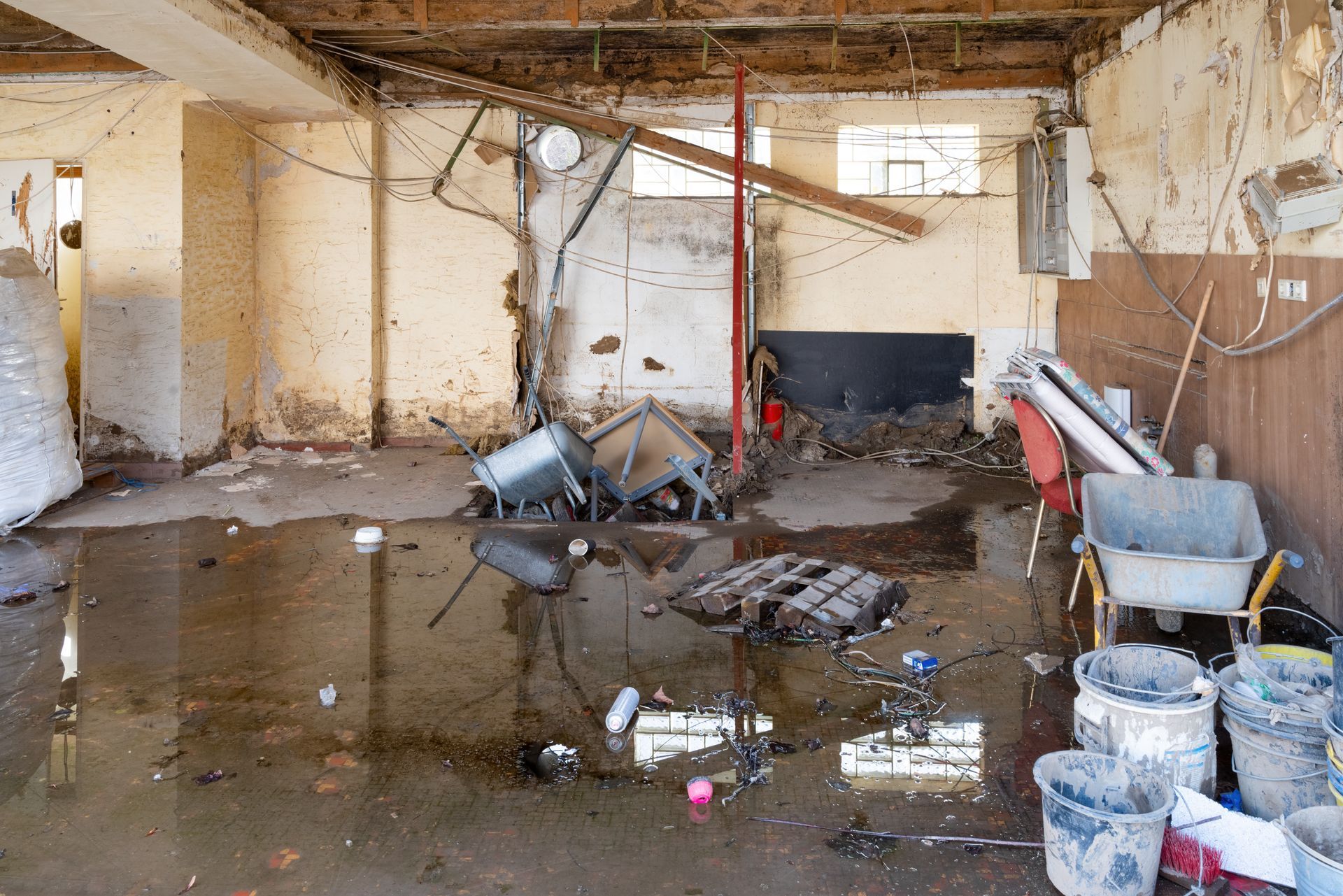Water Damage and Flooring: Which Options are Most Resistant?
Water damage can be devastating to your business or home, and one of the areas that are most susceptible to water damage is the flooring. Different types of flooring can react differently to water damage, which can impact the cost and effort required for repair or replacement. In this article, we will discuss the various types of flooring and how they react to water damage.
Hardwood Flooring and Water Damage
Hardwood flooring is one of the most popular flooring options for its durability and aesthetic appeal. However, hardwood floors are highly susceptible to water damage. When exposed to water, hardwood floors can warp, buckle, and even crack. This is because wood is a porous material that can absorb water, causing it to expand and contract. Water damage to hardwood floors often requires a complete replacement, as the water can penetrate deep into the wood and cause long-term structural damage.
Laminate Flooring and Water Damage
Laminate flooring is a popular and cost-effective option that is designed to mimic the look of hardwood flooring. While laminate flooring is more resistant to water damage than hardwood flooring, it is still vulnerable to water damage. Laminate flooring is made of layers of fiberboard that are coated with a protective layer. When exposed to water, the protective layer can delaminate, causing the flooring to warp and buckle. If the water damage is extensive, the entire floor may need to be replaced.
Vinyl Flooring and Water Damage
Vinyl flooring is an affordable and durable option that is water-resistant, making it a popular choice for bathrooms and kitchens. Vinyl flooring is made of PVC, which is a waterproof material that does not absorb water. If water seeps under the vinyl flooring, it can cause damage to the subfloor, but the vinyl flooring itself will not be affected.
Ceramic Tile Flooring and Water Damage
Ceramic tile flooring is a popular option for its durability and resistance to water damage. Ceramic tiles are made of clay and other natural materials that are baked at high temperatures, making them highly resistant to water. If the subfloor under the ceramic tile is damaged by water, the ceramic tile can be easily removed and replaced.
Carpet Flooring and Water Damage
Carpet flooring is a popular option for its softness and comfort, but it is highly defenseless against water damage. When exposed to water, the carpet fibers can absorb the water, causing the carpet to become saturated and leading to the growth of mold and mildew. Water-damaged carpet flooring typically requires replacement, as the carpet padding can retain moisture even after the carpet has been dried.
In conclusion, different types of flooring react differently to water damage. While some flooring options, such as vinyl and ceramic tile, are more resistant to water damage, others, such as hardwood and carpet, are highly susceptible to water damage. It is important to be aware of the water resistance of your flooring and the specific needs of your home or business. Take appropriate measures to prevent water damage, such as sealing grout lines, installing a moisture barrier, and ensuring proper drainage in bathrooms and kitchen. In the event of water damage, contact the restoration professionals at Guarantee to ensure complete cleaning and repair without lingering issues.






